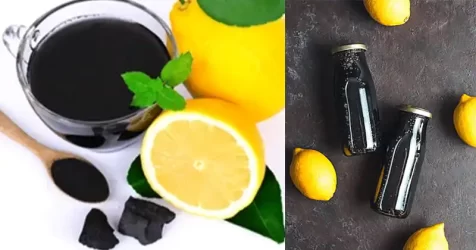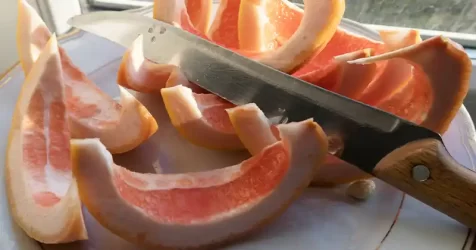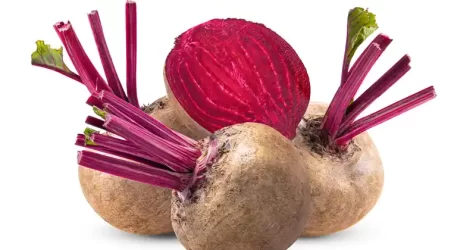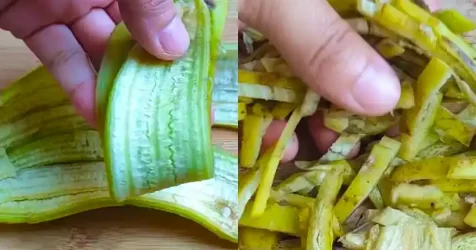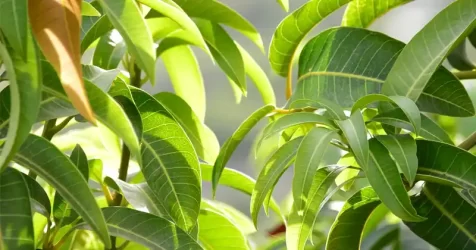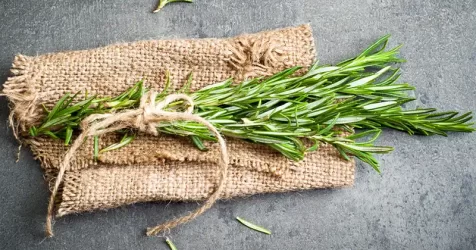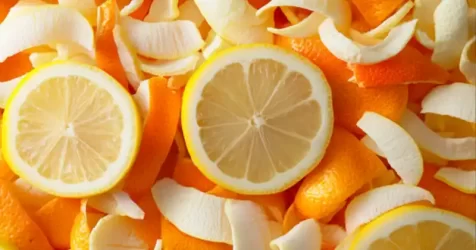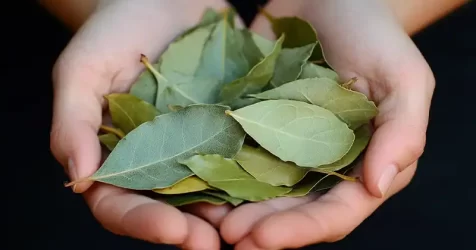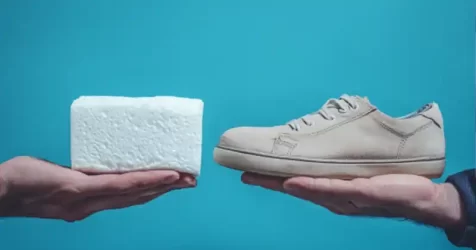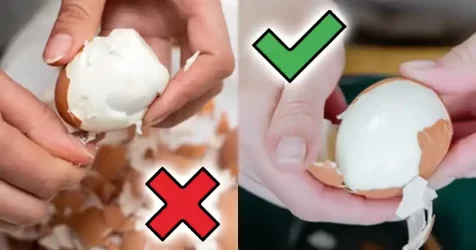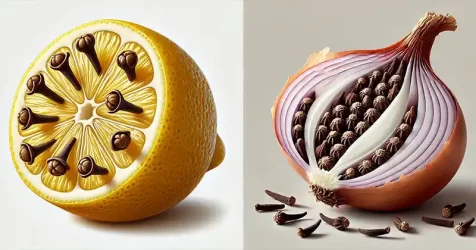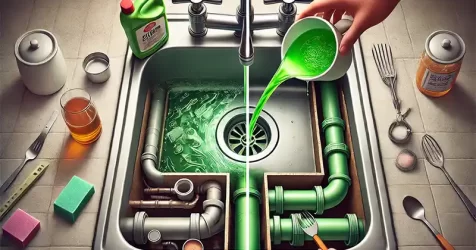The 5 Effective Ways To Clean Your Glass Stovetop
Keeping your stovetop in pristine condition is a task that deserves your attention, regardless of how often you clean it. Stubborn stains, burnt-on residue, and unsightly spills can accumulate over time, making your glass stovetop lose its luster. In this article, we’ll explore five effective ways to rejuvenate your glass plate, ceramic burners, or stainless steel stove without leaving a scratch.
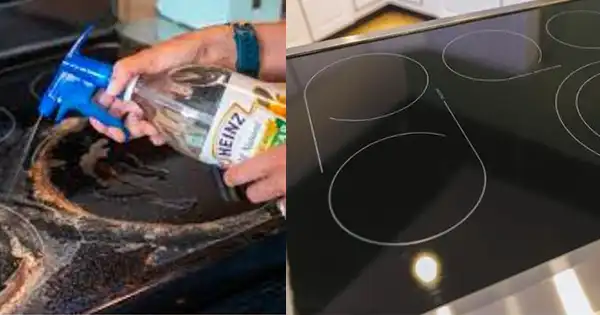
- Baking Soda Brilliance
Baking soda is your secret weapon for a sparkling clean stovetop. Generously sprinkle baking soda over the surface and then soak a few towels in warm soapy water. Lay these towels over the baking soda-covered area, allowing them to sit for a while. The magic happens as the combination works its cleaning wonders. For a step-by-step guide, check out the detailed instructions on Clean My Space.
- Razor-Sharp Precision
A small razor blade scraper, often found in your toolbox or garage, can be an unexpected hero in cleaning your stovetop. Start by spraying the surface and then carefully scrape away stubborn burnt food and debris. Apply gentle pressure as you push the scraper down and away. If you don’t have a scraper, they are readily available at your local hardware store, or you can opt for a rubber scraper as an alternative.
- Ammonia Aide
Exercise caution when working with ammonia, ensuring proper ventilation. This method is particularly effective for those hard-to-reach areas around the burners where grime tends to accumulate. If desired, you can remove the burner for easier access. Place rags or paper towels around the burner’s edges and saturate them with ammonia. Cover the stovetop with plastic wrap, allowing it to sit for a minimum of 3 hours or overnight. Afterward, remove the covers and wipe the stovetop clean.
- Grease-Fighting Oil
It may seem counterintuitive, but oil can help eliminate grease stains on your stovetop. Apply olive oil or another vegetable oil to a paper towel and use it to wipe down the greasy areas. Don’t forget to address knobs, range hoods, and the control panel.
- Dynamic Duo: Baking Soda and Hydrogen Peroxide
Combine baking soda and hydrogen peroxide for a dynamic cleaning duo. Create a thick paste by mixing ½ cup of baking soda with enough peroxide. Apply this paste to your stovetop and let it sit for 15 minutes. Afterwards, wipe away any problem areas with a soft sponge or paper towel.
- Lemon-Salt Scrub for Non-Glass Cooktops
For non-glass cooktops, harness the power of lemon and salt. Rub a lemon half over grease or food stains, and then sprinkle salt over the affected areas. Allow it to sit for 5-10 minutes, and then use a damp cloth to wipe it clean. Lemon serves as a natural degreaser, while salt acts as an abrasive cleaner.
Incorporating any of these methods into your regular cleaning routine can prevent the buildup of unsightly residues and keep your stovetop looking its best. Remember to avoid using metal scouring tools or abrasive cleaners on stainless steel stoves, and always finish by wiping with a clean cloth or paper towel.
